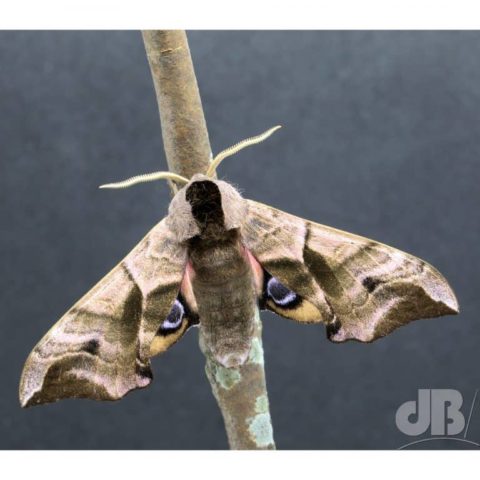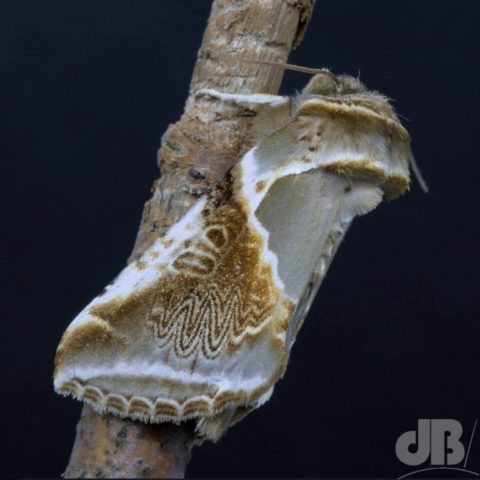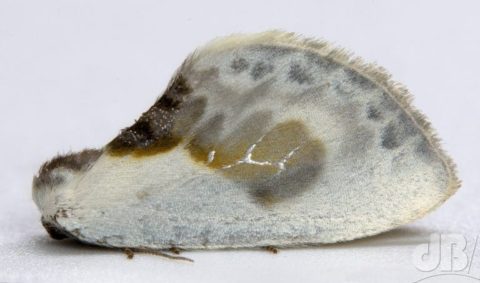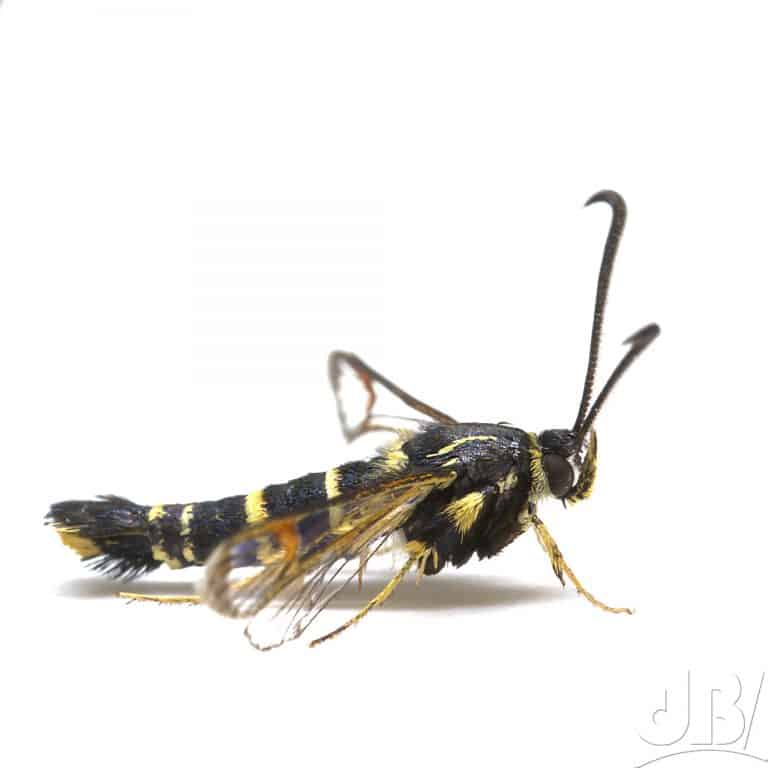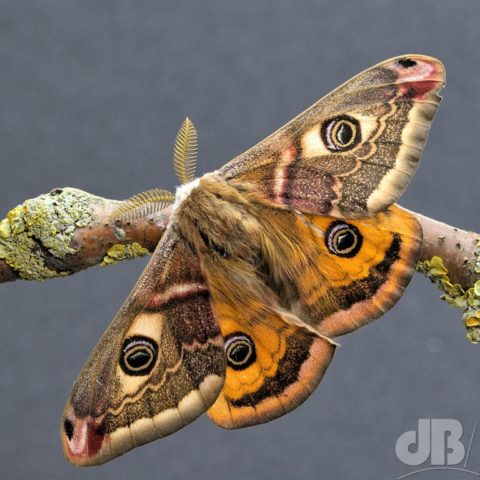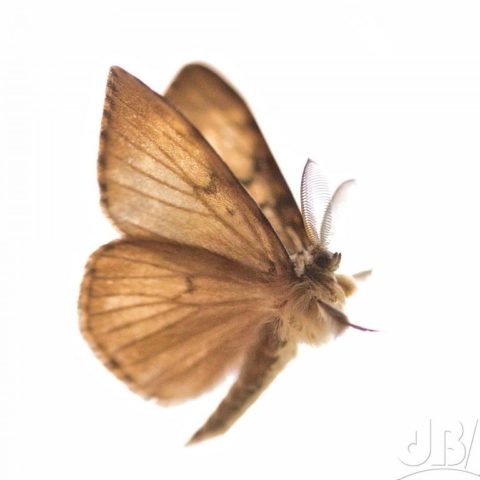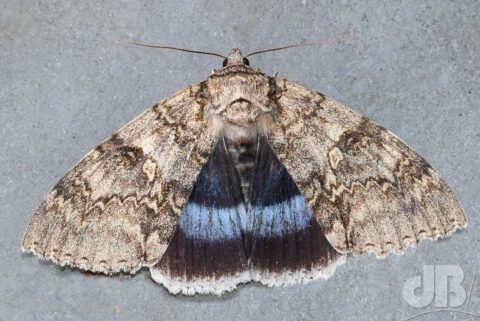Regular readers will hopefully be well aware by now that I got bitten by the mothing bug three years ago. Mrs Sciencebase spotted an enormous Copper Underwing in the garden and we were both fascinated by its size and its markings.
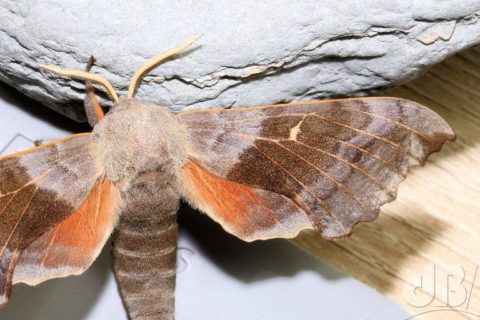
A friend in the village had previously offered to lend me his scientific moth trap with its UV tube and so I gave him a call and he said he would set it up that night in his garden. I could come to see what had turned up the next morning (24th July 2018). There were lots of moths in there with some weird and wonderful names – Angle Shades, Poplar Hawk-moth, Willow Beauty, Dark Arches, Burnished Brass, Ruby Tiger, Buff Ermine…the list goes on.
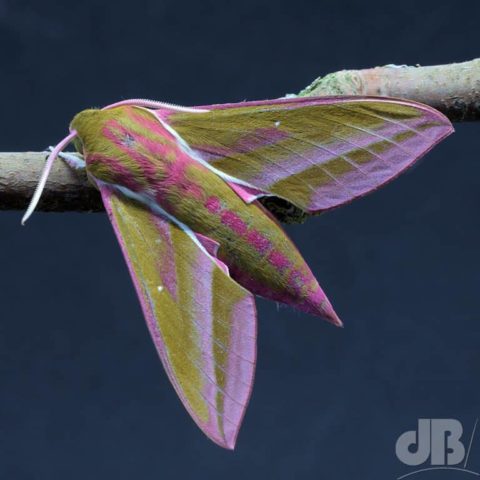
I was hooked and took the trap home and have been “lighting up” ever since. My “tick list” is fast approaching 400 moth species. I’ve photographed them all at least once and some of them several times. You can see my latest moth photos on the Sciencebase Instagram along with my other nature photos and other stuff. My ticklist is on my Imaging Storm website along with an archive of the Lepidoptera photos.
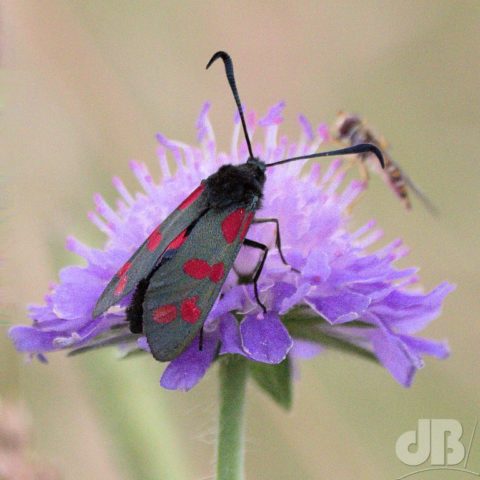
They do say that beauty is in the eye of the beholder, but you cannot deny that the insect world is beautiful and nowhere more so, in my opinion than in the realm of the Lepidoptera. Incidentally, butterflies are just one group within Lepidoptera, on the same branch of the family tree as the so-called micro moths, in fact.
